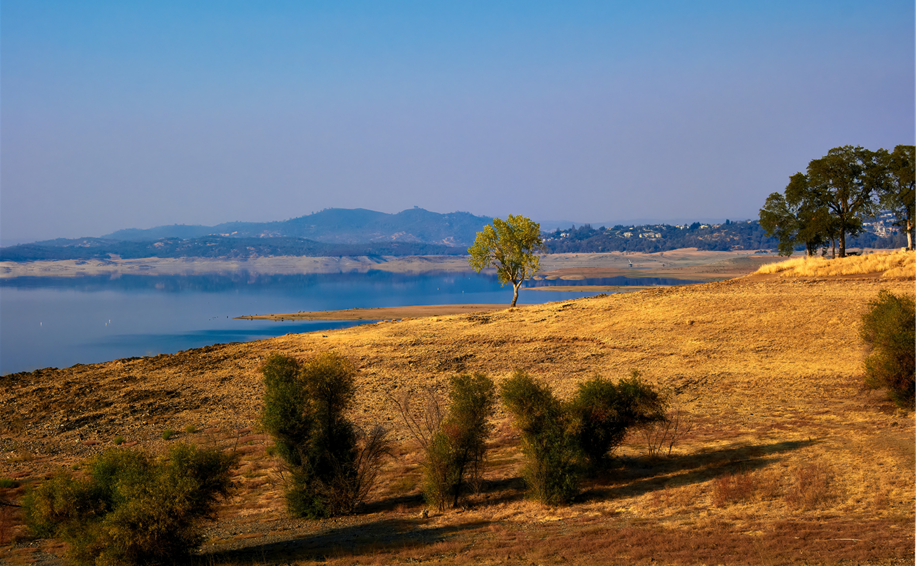In 1988, NASA climatologist James Hansen testified before Congress about a warming planet during a summer of unprecedented heatwaves and drought in 40 states. His historic wakeup call failed to galvanize economic systems and government to take preventive action.
Now, four decades later, the consequences of a heating planet are scorching the U.S. Southwest and Mountain West. Two decades of extreme heat and shrinking moisture levels have caused a “megadrought” in states from California to Colorado, amounting to the driest period in 1,200 years.
The west’s largest reservoirs, Lake Mead and Lake Powell, are down to record lows and dropping. Triple-digit heat waves are lingering in cities including Phoenix, Arizona, and Las Vegas, Nevada, making for perilous summer weather. Shriveled forests and grass allow wildfires to erupt year-round.
Already in some areas of the Southwest, average annual temperatures have risen beyond the 1.5 C tipping point, above which devastating consequences ensue for people and the environment.
The study that identified the ongoing megadrought observed the relationship between soil moisture and tree rings to determine that this level of aridity, which began in 2000, is unprecedented since the year 800. According to the 2022 study, 42% of the past two decades’ exceptional heat and dryness can be traced to global heating.
Further, last February’s report from the United Nations Intergovernmental Panel on Climate Change (IPCC) detailed how the wildfires destroying the Southwest’s ponderosa pine forests are creating a “positive feedback cycle.” Instead of providing trees that act as a “carbon sink” and absorb CO2, the forests can generate greenhouse gasses as they burn, thus fueling further heating.
The Biden administration’s landmark climate legislation that was signed in August may help address the dire climate consequences in the Southwest and elsewhere. It aims to cut greenhouse gas emission and improve water access for disadvantaged communities in the Southwest, especially Native American reservations. It also allocates $4 billion to fund drought mitigation programs in Colorado River basin states.
Photo by Simon Hurry on Unsplash.

